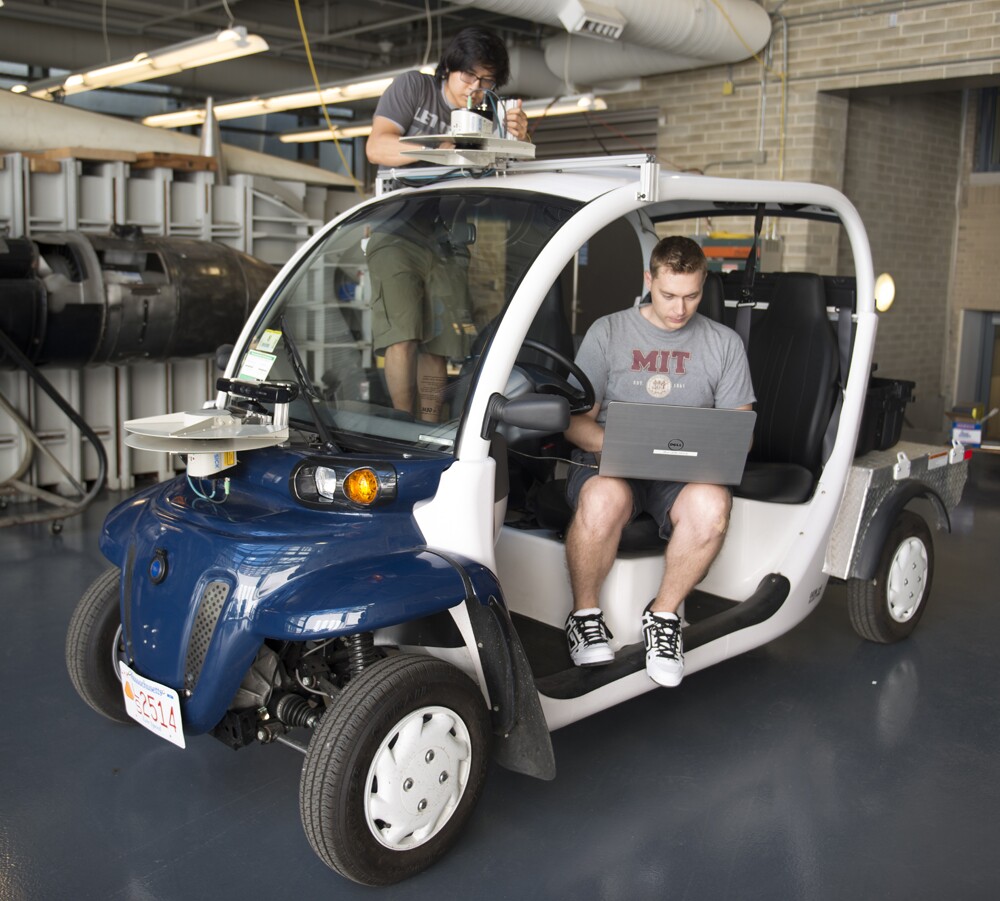A new research project from Ford and MIT is aimed at improving ride-hailing services by predicting the movement of pedestrians. LiDAR sensors and cameras will be used to identify pedestrians and their movements around a location, allowing vehicles to be dispatched to areas that are predicted hot-spots.
The project will be run at MIT's campus in Cambridge, Massachusetts, using a fleet of LiDAR-equipped on-demand electric shuttles. Run by the university's Aeronautics and Astronautics Department Aerospace Controls Lab (ACL), it will allow researchers to investigate and develop new algorithms for planning and prediction tasks, while delivering an on-campus transport service.
"The onboard sensors and cameras gather pedestrian data to estimate the flow of foot traffic," says vice president of research and advanced engineering at Ford Ken Washington. "This helps us develop efficient algorithms that bring together relevant data. It improves mobility-on-demand services, and aids ongoing pedestrian detection and mapping efforts for autonomous vehicle research."
Pedestrian flow on the campus has already been monitored over the last five months with LiDAR sensors and cameras mounted on three vehicles. This has provided an initial insight into how pedestrians move around the area. Using a mobile app, it will soon be possible for a group of students and faculty members to hail one of the vehicles, which, using the gathered data, should be in a good position to get to the user promptly.

The vehicles themselves are said to be small enough to leave room for pedestrians while navigating the campus sidewalks. They also have weatherproof enclosures to protect occupants from bad weather.
The LiDAR technology fitted to the vehicles uses short pulses of laser light to detect and localize objects around them and to precisely pinpoint their own location on a map. Other factors such as weather and semester differences are also taken into account. The fused data is used to make predictions about where the highest demand for the vehicles will be and how to subsequently reduce waiting time for them.
Ford and MIT plan to introduce the ride-hailing service in September.
Source: Ford





